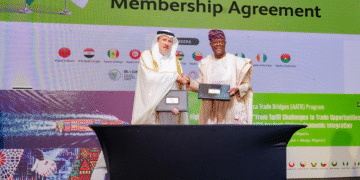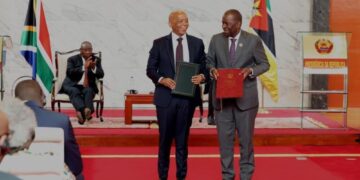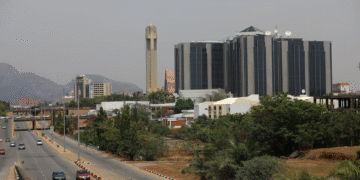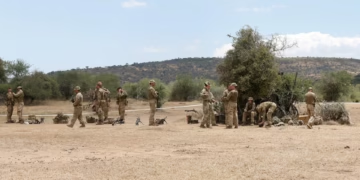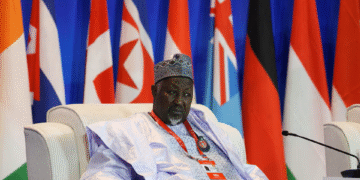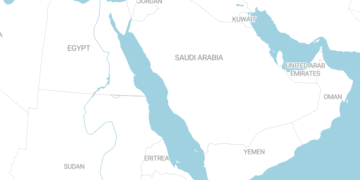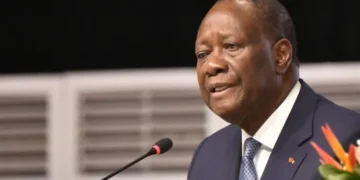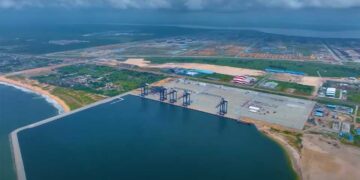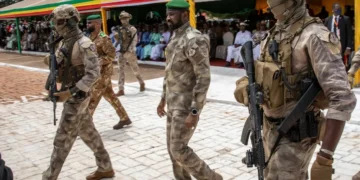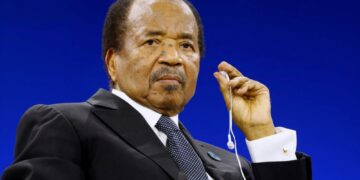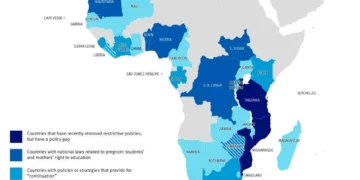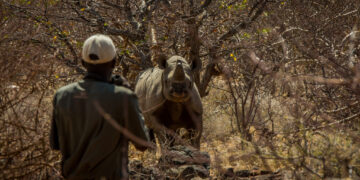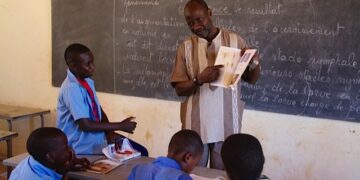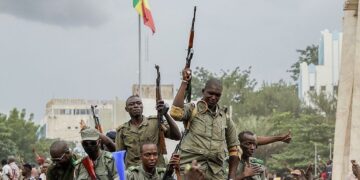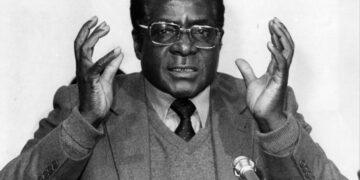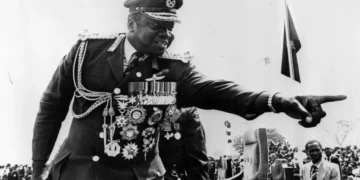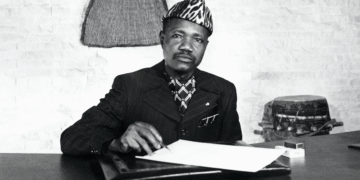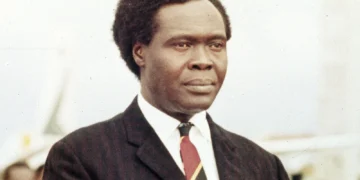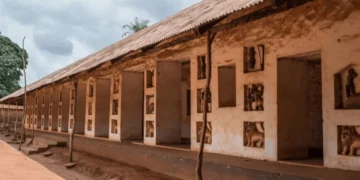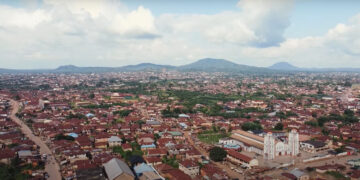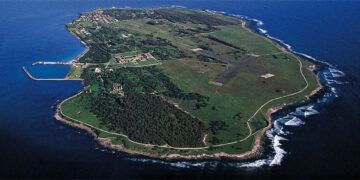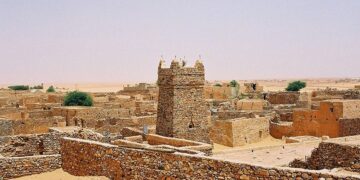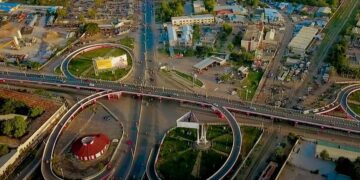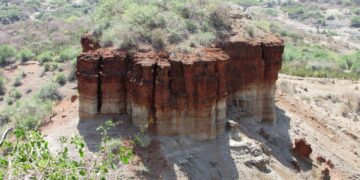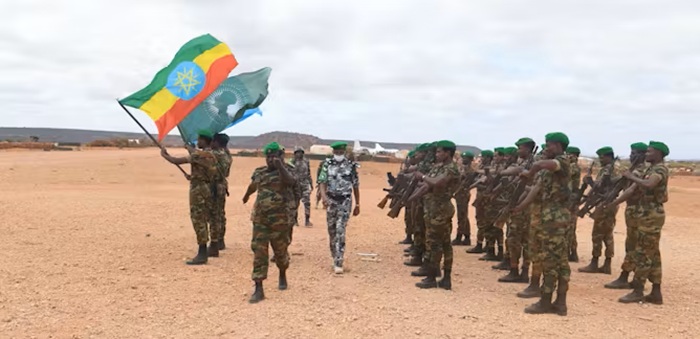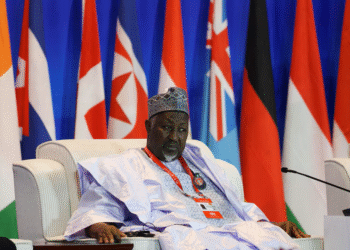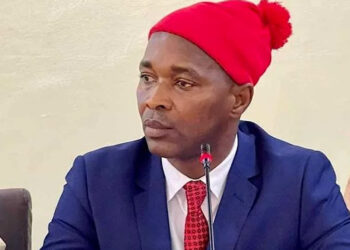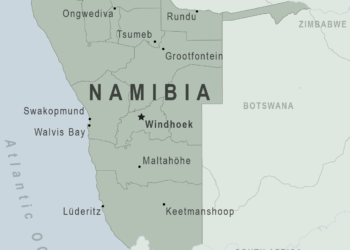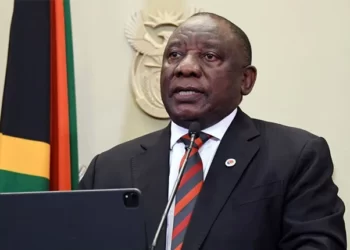The Tigray People’s Liberation Front (TPLF) has accused the Ethiopian federal government of preparing for another round of war against the Tigray regional state.
The bloody conflict in Tigray between federal forces and TPLF fighters lasted between 2020 and 2022 and led to the death of some 600,000 people, mostly civilians, according to figures by former Nigerian President Olusegun Obasanjo, who is the chief peace envoy.
It also set off a humanitarian crisis for the region, which has been left largely unresolved as the region hurtles toward another fresh wave of conflict as the split between the TPLF leadership becomes more pronounced.
Addressing the House of People’s Representatives recently, Prime Minister Abiy Ahmed called on all religious leaders across the country to intervene immediately to prevent a further escalation in the state.
His remarks were against the backdrop of a new conflict between the Tigray Defence Force (TDF), led by the TPLF, and the Tigray Interim Administration, which was installed by the federal government in Addis Ababa.
The group urged the international community to recognize that these actions are entirely irresponsible and fly in the face of the Pretoria Agreement, which the two parties signed to end hostilities three years ago.
The statement said the federal government should refrain from posing further threats to Tigray and instead fulfill its obligations under the agreement by contributing its part to the reconstruction of the regional state.
The federal government in Addis Ababa has not commented.
The Tigray tinderbox
Tigray looks divided on political lines, and its main players look set to be settling their scores by violence in a state still recovering from the devastation caused by the two-year conflict. International aid agencies had warned of growing hunger, which is a factor playing into the political dynamics of the state.
Despite the peace accord signed in South Africa still holding, mistrust still exists between the TPLF leadership and the Tigray Interim Administration (TIA), which was appointed by the federal government in Addis Ababa. There is an open struggle for control of the soul of Tigray between the TPLF’s long-serving leader, Debretsion Gebremichael, who received backing from Eritrean intelligence to take over the Tigray capital, Makelle, earlier this year, and the head of the TIA, Getachew Reda, who is supported by Prime Minister Abiy Ahmed. This open dissension between these two strong personalities is moving the region closer to a potential resurgence of violence.
Analysts warned that Tigray is like a tinderbox waiting for the torch.
The main disagreement is over the implementation of the Cessation of Hostilities Agreement (COHA), the sole purpose of which is to rehabilitate Tigray back into the structure of the Ethiopian federation. Tensions came to a head last March when skirmishes broke out between TPLF fighters and armed groups loyal to the TIA, whose head, Reda, reportedly fled to Addis Ababa. He has since been appointed by PM Ahmed as his main advisor for East African Affairs.
Enter Eritrea
The situation is also exacerbated by the presence of Eritrean military boots inside Tigray, an eternal source of tension with a section of the TPLF leadership that rekindles memories of Eritrea’s active troop involvement in the previous conflict on the side of the Ethiopian federal troops. This time, there are reports suggesting that Eritrea is throwing its military weight behind the TPLF faction led by Gebremichael, which is hostile to the Ethiopian federal government.
Ethiopia and Eritrea have been old foes who fought a bloody two-year border conflict between 1998 and 2000. After years of non-passive hostility between the two neighbors, there was a brief thaw in relations when PM Abiy came to power and reached out to Eritrean President Isaias Afwerki with an olive branch. However, new alliances in Tigray look set to unravel this and once again sharpen divisions between Addis Ababa and Asmara.
Consequences for the region
Like in the case of the previous conflict, there are fears that a new conflagration in Tigray may spill over across borders, causing challenges for Ethiopia’s immediate neighbors. Aside from the challenges to be posed by a steady tide of people fleeing the unrest, it may also carry a risk of destabilizing the Horn of Africa region, where armed groups run amok, from Sudan to Uganda and Somalia.
Role of dialogue
Sensing the potential for adversely affecting the lives of millions of people, there is a growing international call for dialogue between the main actors in the power dynamics in Tigray, namely the federal government, TIA, and the TPLF. The UN, leading the international community, has been keeping a keen eye on the situation as it urges all parties to de-escalate and give peace a chance to work.
The Pretoria agreement ended the brutal two-year war between federal forces and fighters of the Tigray People’s Liberation Front (TPLF).


